Description
Countryside landscape, sketch by Walery Brochocki printed on a T-Shirt
About the T-Shirt
Regular fit
Standard length, the fabric easily gives into movement
Casual wear
A classic, everyday option loved by our customers
Side-seamed
Constructed by sewing two parts together, creating a fitted look
The Unisex Staple T-Shirt feels soft and light with just the right amount of stretch. It’s comfortable and flattering for all. We can’t compliment this shirt enough–it’s one of our crowd favorites, and it’s sure to be your next favorite too!
- Solid colors are 100% Airlume combed and ring-spun cotton
- Ash color is 99% combed and ring-spun cotton, 1% polyester
- Heather colors are 52% combed and ring-spun cotton, 48% polyester
- Athletic and Black Heather are 90% combed and ring-spun cotton, 10% polyester
- Heather Prism colors are 99% combed and ring-spun cotton, 1% polyester
- Fabric weight: 4.2 oz./yd.² (142 g/m²)
- Pre-shrunk fabric
- 30 singles
- Side-seamed construction
- Tear-away label
- Shoulder-to-shoulder taping
- Blank product sourced from Nicaragua, Mexico, Honduras, or the US
Walery Brochocki (1849-1923)
Walery Brochocki was a Polish landscape painter.
His father died when he was ten and his family placed him in the Cadet School in Moscow. In 1866, after serving for only a short time in the Russian Army, he resigned and enrolled at a private drawing school in Warsaw, under the direction of Chrystian Breslauer.
In 1869, he transferred to the Academy of Fine Arts, Munich, where he studied with Adolf Heinrich Lier and Hermann Anschütz and first began specializing in landscapes.
He first exhibited at various salons in Munich. At the 1873 Vienna World’s Fair, he received a silver medal for his painting of a Gypsy camp. He moved to Paris in 1877, where he devoted himself to painting landscapes and cityscapes. During this time, he came under the influence of Charles-François Daubigny. The following year, he received a commission from the French Colonial Society to go to Algiers, where he created a large panorama of the city.
In 1888, he returned to Poland and settled in Warsaw; although he travelled extensively, visiting Podole, Bessarabia and Lithuania. His works were exhibited at the Society for the Encouragement of Fine Arts of Warsaw [pl] in Warsaw and the Kraków Society of Friends of Fine Arts.
Several Warsaw weeklies published reproductions of his works; including Kłosy [pl] (Ears), for which he also wrote an article about the Białowieża Forest, and Wędrowiec [pl] (The Wanderer).
During his last years, he was a member of the progressive artists’ group, Pro Arte [pl]. He is interred at Powązki Cemetery.

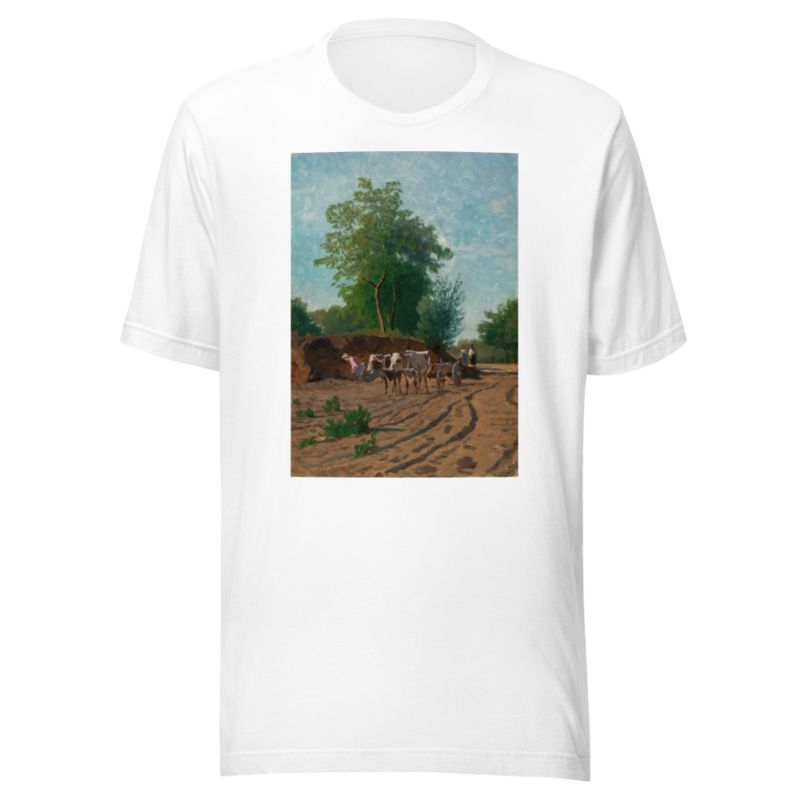
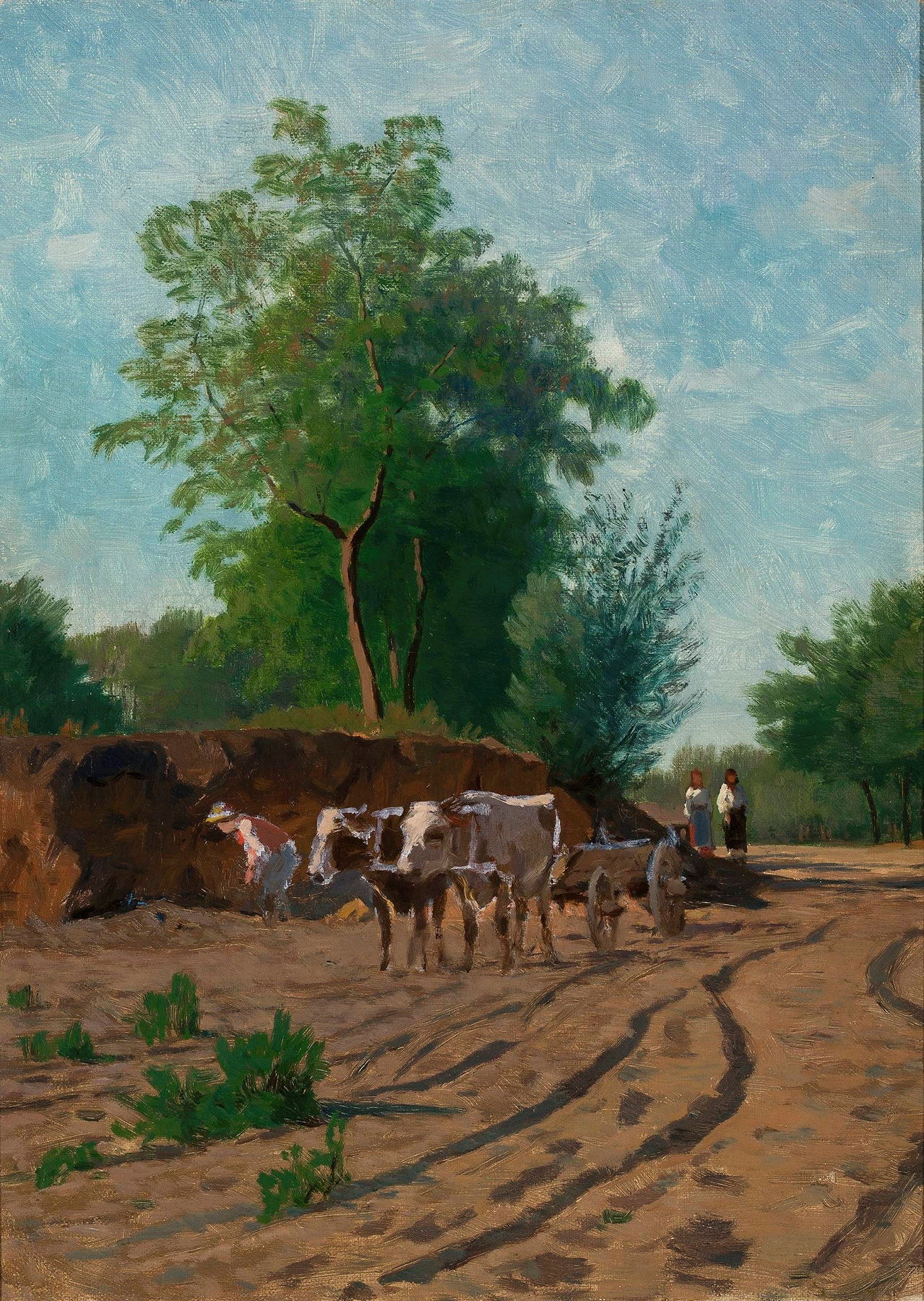
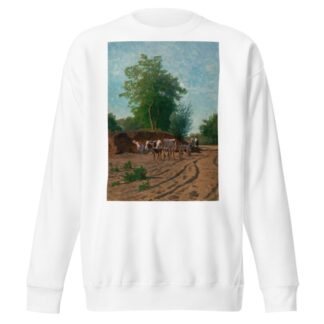
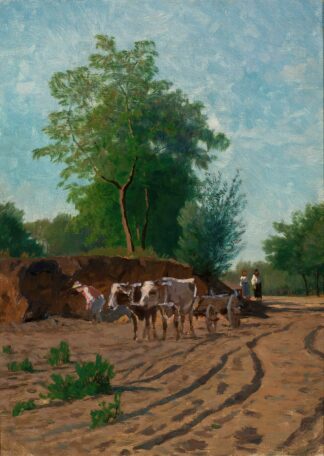
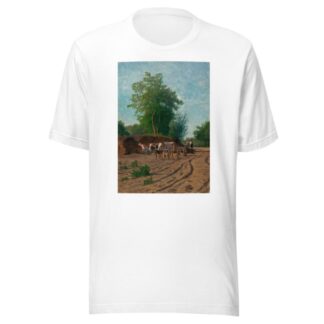
Reviews
There are no reviews yet.